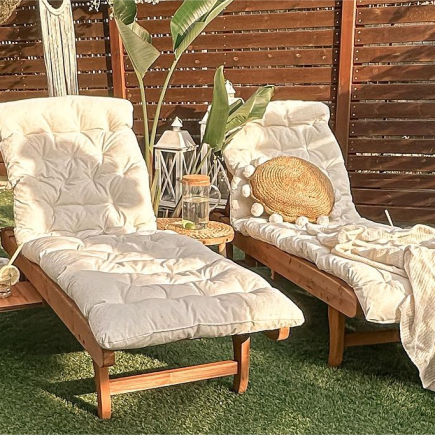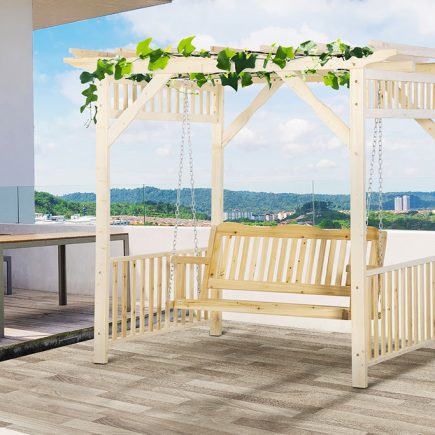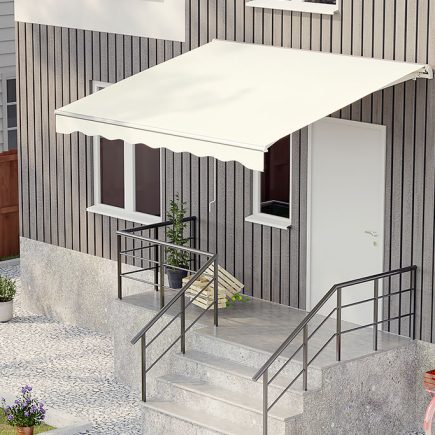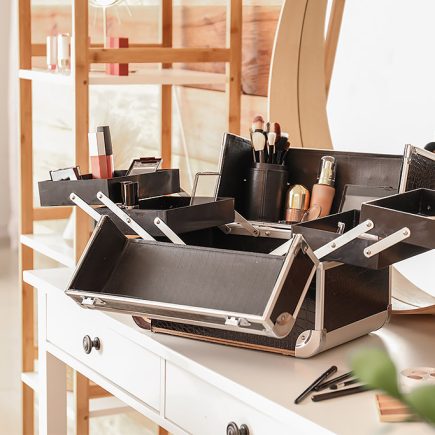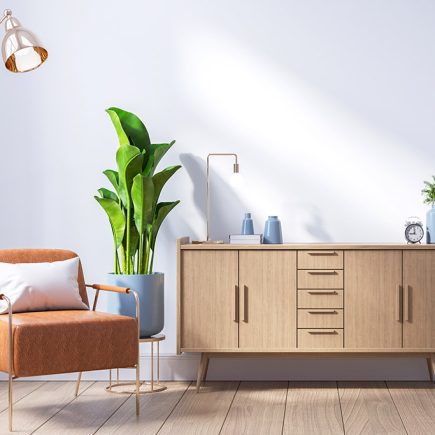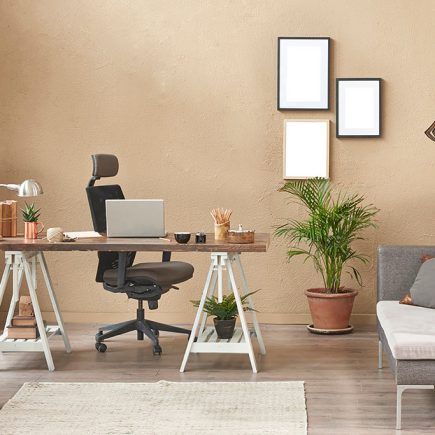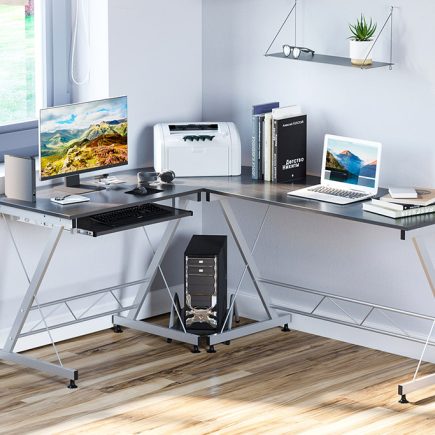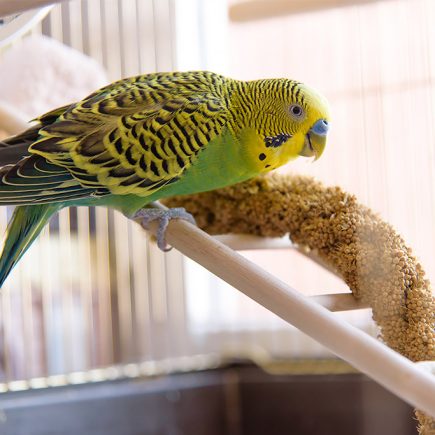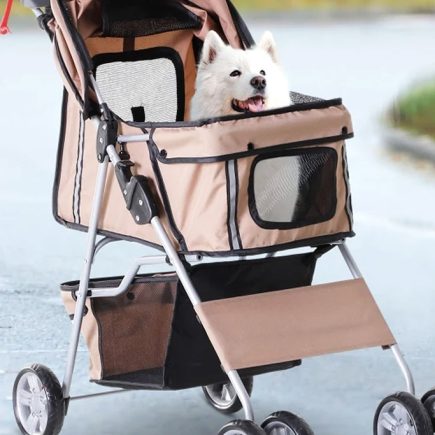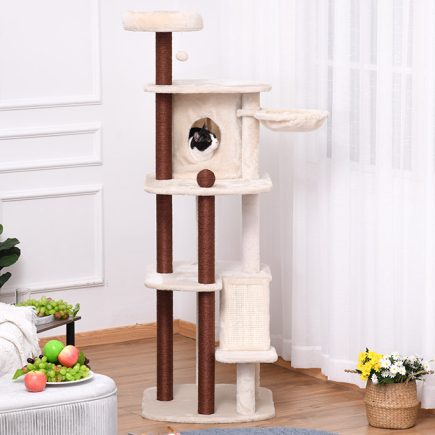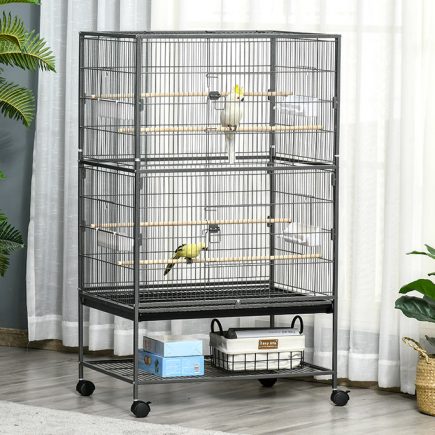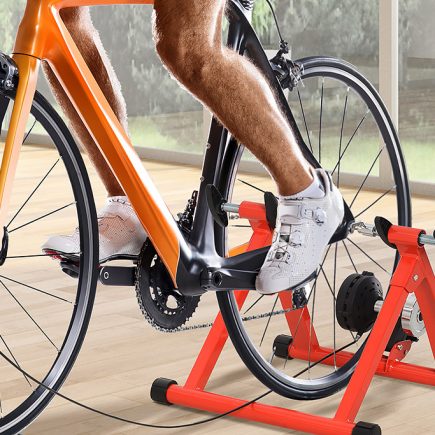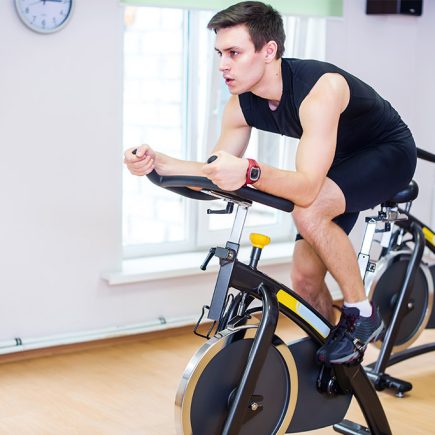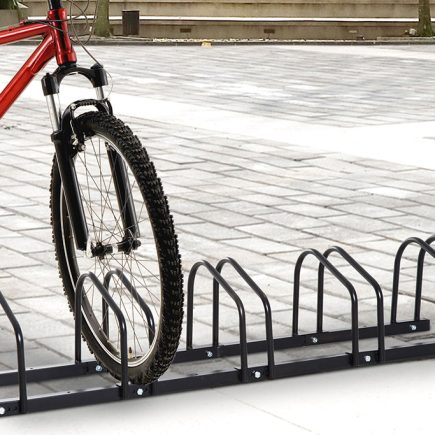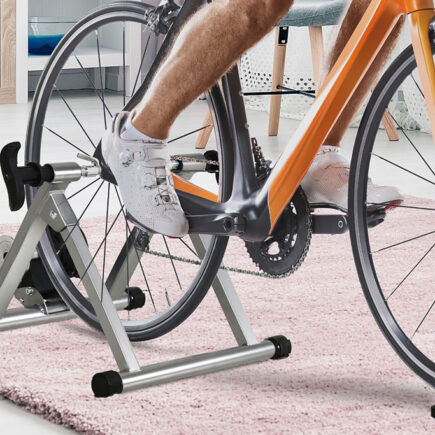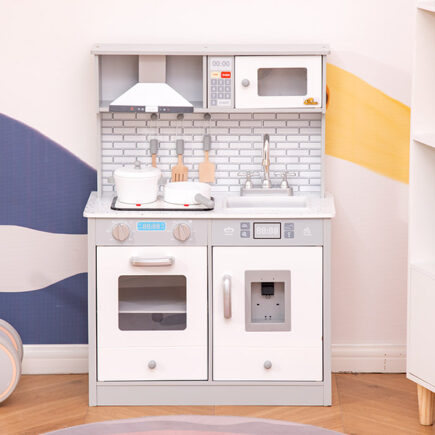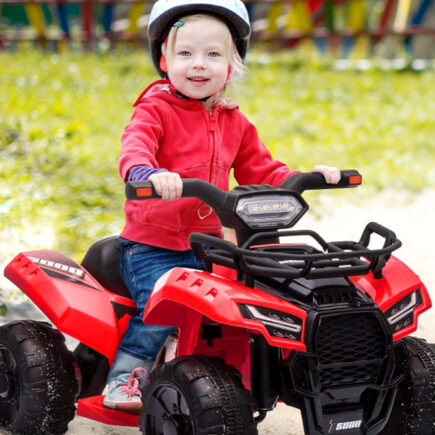Outdoor gardening is a fun and therapeutic activity that has the potential to promote environmental friendliness. Unfortunately, some homeowners have poor soil or cramped living conditions which restricts their ability to garden. One way to garden small plots of flowers and veggies is the use of flower beds (also known as raised garden beds). Flower beds are a great way to prevent soil compaction, and they block pathway weeds from invading your small garden. The foundational knowledge in this article will help you decide on which flower bed is best for you, and the basics you need to consider when shopping for one.
Key Features to Consider
- Material
- Benefits
- Dimensions
- Which flower bed is best for you?
What is a flower bed?
A flower bed is a secluded small garden that sits on top of your existing soil. Oftentimes, these raised flower beds are made of wood or other sturdy materials to box in soil, so that plants can grow in them. Unlike traditional gardening, flower beds provide the gardener with more control on the growth of their plants. You can place flower beds in the sun or shade, whichever is best for cultivating your plants. The plants from flower beds have a greater chance at developing healthier, because you can control the quality of soil used. Unlike tradition gardening, raised flower beds allow gardeners to extend the planting season and be in control of their plants.
Materials to Choose From
When deciding which flower bed to purchase, it is important to consider the quality of materials used to construct your raised garden. Flower beds that are poorly made, or do not satisfy your planting needs will not last long and they may discourage you from gardening. Especially if you are a first-time gardener, you will want to thoroughly research flower bed designs. Some flower beds are made from the following material:
Wood:

The most common and used flower beds are those crafted from wood. However, not all wood is the same or as practical to produce a flower bed. Cedar wood is a great choice as it is rot resistant and durable. Redwood is an alternate wood option but unlike cedar wood, redwood is a scarcer resource. Whichever wood you choose to purchase, both run more on the expensive side of the market.
Metal:

Ideally, the metals used to construct your flower bed should be rust resistant, so that they last longer. Most metal flower beds are composed of either stainless steel, or galvanized metal. Unlike cedar wood, metal flower bed options tend to be less costly and much more common.
Plastic:

The least common raised flower bed material is plastic. Although plastics can seem aesthetically unpleasing and flimsy, that is not the case of recycled HDPE (High-density polyethylene) plastics. HDPE is an extremely durable and non-leaching material making it ideal for plant growth. Since plastics are easily dyable, plastic flower beds are available in many different colours to complement any aesthetic preference.
Manufacturers have a hard time sourcing HDPE plastic material which unfortunately causes them to be an expensive flower bed option.
What are the benefits of using a flower bed to plant smaller gardens?
Raised flower beds can drastically change your gardening experience for the better. You are in control over the health of your gardening soil, which means natural elements like weeds cannot affect the growth of your plants.
The soil in garden beds tends to warm up much quicker than soil in the ground, so you will have a longer planting season.
You can deter animals from eating your veggies or running your flowers by placing chicken wire beneath or around your flower bed.
Raised flower beds are portable which means you can move your small garden to more advantageous areas while planting. Most flower beds are light or come equipped with wheels which make them portable.
Dimensions
Raised flower beds can vary in size and shape. On average, many flower beds are three to four feet wide, between six to eight feet in length, and the depth is about twelve inches.
Which flower bed is best for you?
Now that you know about flower beds, and perhaps want one, let’s look at a couple options:
Outsunny Wooden Raised Garden Plant Stand Tall Flower Bed w/ Clapboard

This flower bed has a simple appearance making it perfect for minimalist designs. The solid wood design and foldable clapboard make this flower bed a practical option.
Some key features to consider according to the AOSOM website:
● Made with solid wood for durability and stability
● Spacious planting box with 8 areas for your plants
● Foldable side clapboard and bottom shelf provide ample storage space
● 4 holes on the bottom of planting box for the outflow of excess water
Overall Dimension: 48.5”L x 21.25”W x 29.25”H Weight Capacity: 220lbs (planting table) 88lbs (bottom shelf).
Includes a 90-day warranty.
Outsunny Elevated Natural Garden Plant Stand 8 Grid Box w/ Storage Shelf

Ideal for homeowners with small patios, decks, balconies, condos and apartments, this flower bed makes gardening a possibility for anyone regardless of space.
Some key features to consider according to the AOSOM website:
● Built to last with solid fir wood, DIY to paint with your favorite color
● Elevated legs are perfect for those with back strain and protects plants from uninvited guests
● Bottom shelf can place hold gardening kits and tools
● Includes 8 divided grids, you can easily manage the growing area
● Each grid with hole for well water drainage
● Lightweight, easy for transport and assemble
Overall Dimension: Overall Dimension: 43.25″ L x 18″ W x 30″ H, Planter Bed Size: 41.75″ L x 16.5″ W x 7.25″ H, Each Grid Size: 10.25″ L x 8″ W, Bottom Shelf Size: 42″ L x 14.5″ W x 5.25″ H cm. Weight Capacity: 39.6 lb
s (planting area), 26.4 lbs (storage shelf).
Includes a 90-day warranty.

